As women age, it can become more of a challenge to conceive and maintain a healthy pregnancy. Fertility begins to decrease during the ages of 32 and 37, with a more rapid decline after 37.
Women are born with a certain amount of eggs. As they age, the quantity and quality of eggs begin to decline, particularly during the third decade of life.
Additionally, conditions such as endometriosis or fibroids that may have a negative impact on the ability to conceive become more common with increasing age.
While it becomes harder to conceive with increasing age, there are also a number of risks occurring with pregnancy that can affect the health of both the mother and baby. In this article, we will examine these risks, as well as look at a number of tips for having a healthy baby later in life.
Read the full article here:
Having a Baby After 35: Information and Associated Risks
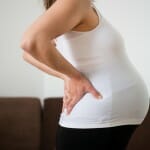

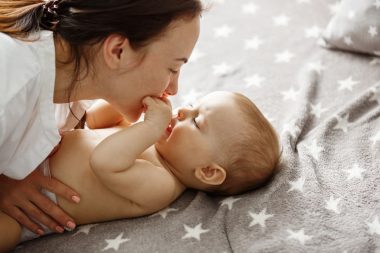
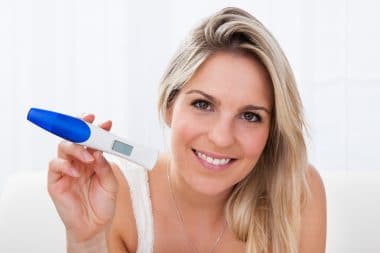
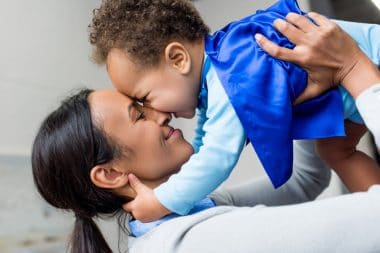

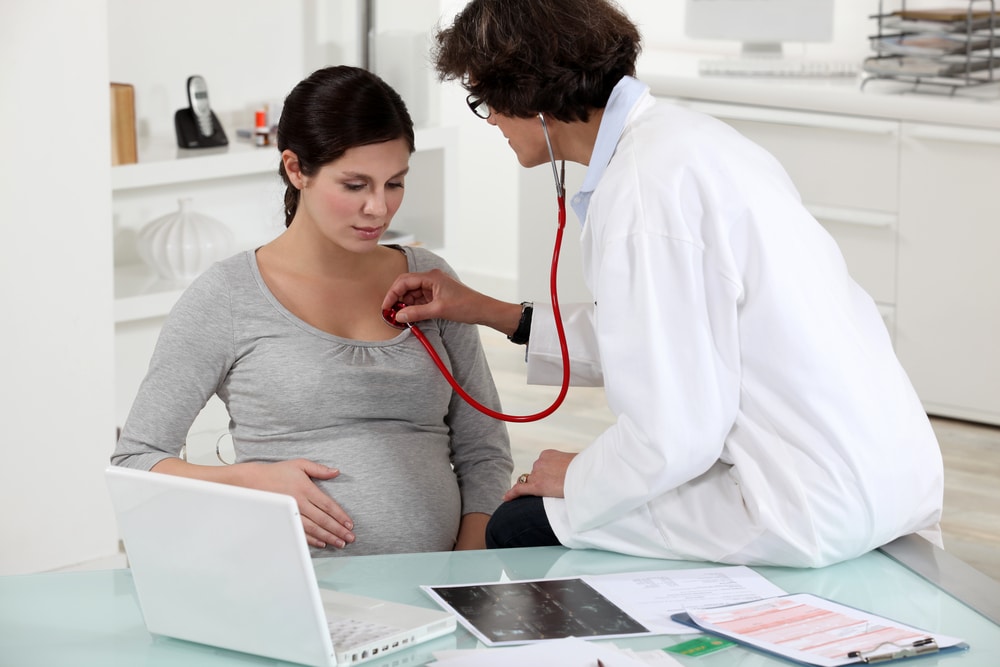
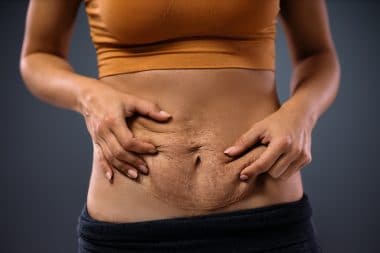
Reply